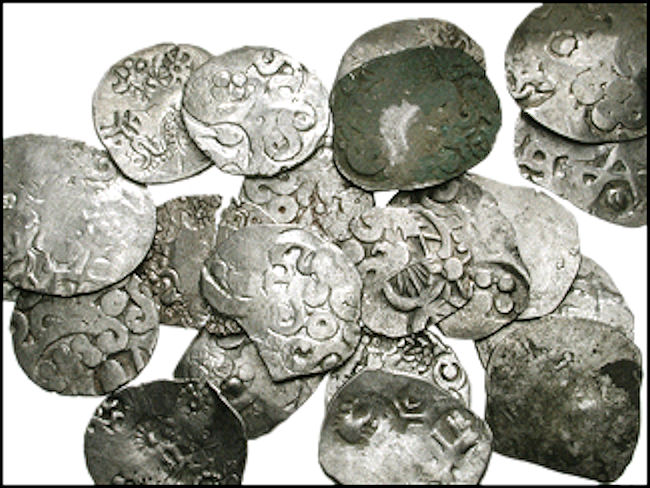#karshapana

Karshapana
Ancient Indian coins
Karshapana, according to the Ashtadhyayi of Panini, refers to ancient Indian coins current during the 6th century BCE onwards, which were unstamped and stamped (āhata) metallic pieces whose validity depended on the integrity of the person authenticating them. It is commonly supposed by scholars that they were first issued by merchants and bankers rather than the state. They contributed to the development of trade since they obviated the need for weighing of metal during exchange. Kārṣāpaṇas were basically silver pieces stamped with one to five or six rūpas ('symbols') originally only on the obverse side of the coins initially issued by the Janapadas and Mahajanapadas, and generally carried minute mark or marks to testify their legitimacy. Silver punch-marked coins ceased to be minted sometime in the second century BCE but exerted a wide influence for next five centuries.
Wed 28th
Provided by Wikipedia
This keyword could refer to multiple things. Here are some suggestions: